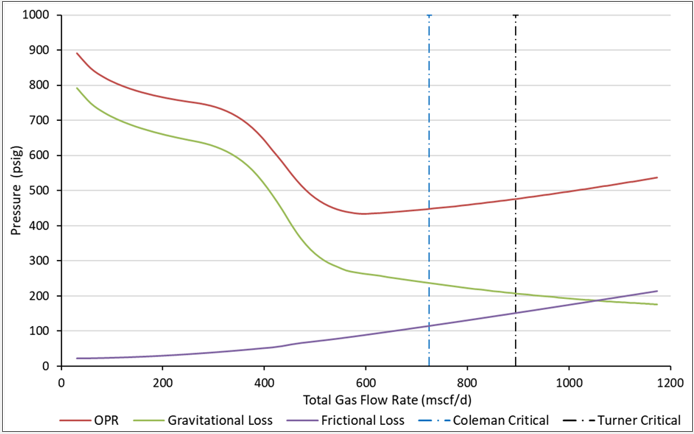GAPL vs PAGL
Gas-assisted plunger lift (GAPL) utilizes high shut-in times to build pressure at the casing. During shut-in, the gas injection supports a faster pressure buildup. GAPL operation is a type of conventional plunger lift. Intermittent gas injection is commonly used.
Plunger-assisted gas lift (PAGL) practices little to no shut-in time and it does not rely on casing pressure buildup. Gas injection helps plunger upstroke and the liquid unloading of the well. PAGL is a continuous flow plunger lift operation. The gas injection is typically continuous for PAGL.
Intermittent Gas Lift vs GAPL
Casing pressure build-up is utilized by both methods of intermittent gas lift and GAPL.
The gas breaks through the liquid slug and this makes intermittent gas lift inefficient. The liquid fallback occurs in large amounts as pressurized gas escapes through.
For GAPL, a conventional plunger provides the sealing between gas and liquid phases. During the upstroke, only a small amount of gas slippage and fallback from liquid film occurs for GAPL. The experimental video shows the plunger’s effectiveness in sealing.
Gas Lift vs PAGL
Gas lift increases the gas velocity in the pipe which carries liquid droplets to the surface. As reservoir pressure declines, more injection is needed to avoid liquid loading and have the desired flow pattern.
Higher gas injection capacity may not be available or feasible for most cases. The PAGL offers production increase and significant reduction of gas injection.
The cost-cutting opportunities, production increase, and scale build-up prevention with cycling plunger create value for PAGL.
The video shows how PAGL sweeps the liquid from the churn/slug conditions of the gas-lifted well.
PAGL
The gas injection decreases the gravitational pressure loss and increases the frictional pressure loss. Achieving a lower bottomhole pressure is desired to increase the reservoir inflow, hence the production.
The steady-state multiphase flow simulation results may suggest lower gas injection rates to get the lowest bottomhole pressure. However, the critical gas velocity to lift liquid droplets may not be enough for those flow rates. The figure shows the outflow performance curve for different gas flow rates, and the required gas flow rate to acquire Turner and Coleman critical gas velocity criteria.
PAGL application allows operating with lower gas injection rates as plunger cycles provide necessary deliquification

PAGL Tool
The gas injection for GAPL may be intermittent or continuous. During shut-in stage; gas injection helps to build pressure at tubing and casing.
The gas breaks through the liquid slug and this makes intermittent gas lift inefficient. The liquid fallback occurs in large amounts as pressurized gas escapes through.
For GAPL, a conventional plunger provides the sealing between gas and liquid phases. During the upstroke only a small amount of gas slippage and fallback from liquid film occurs for GAPL. The experimental video shows the plunger’s effectiveness in sealing.
